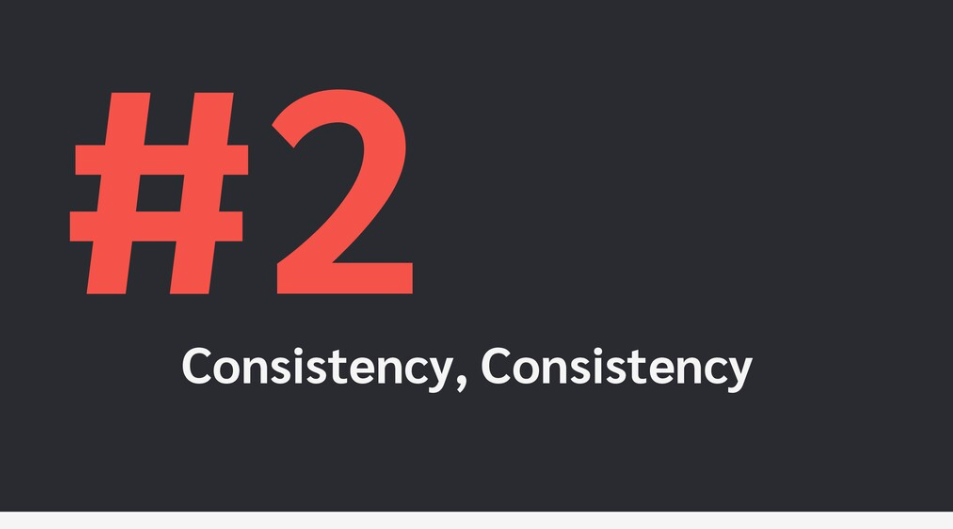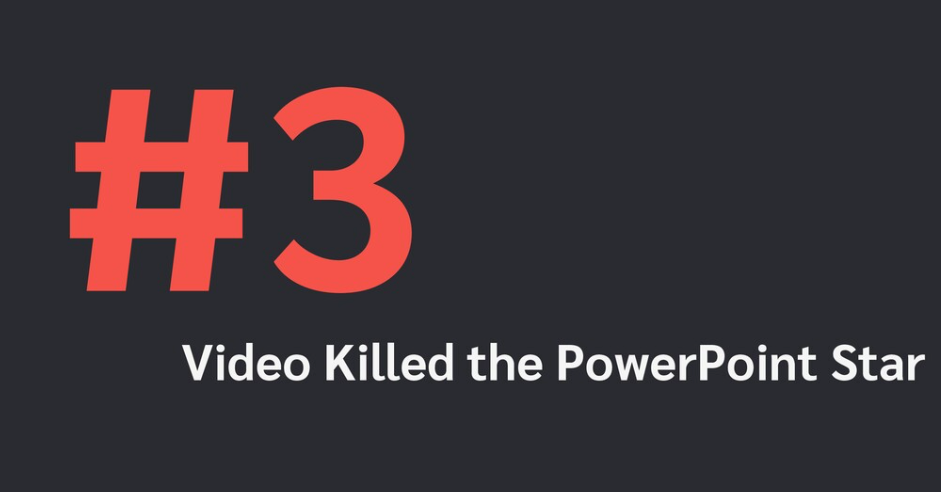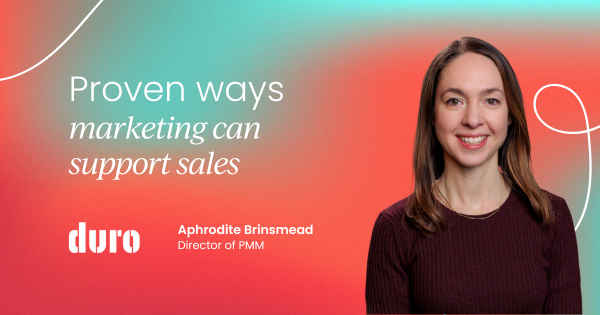A key part of the role of a product marketer is engaging the sales teams and getting them to take our messages to drive go-to-market strategy - and that can be difficult.
It sounds a lot easier on paper, but there's a lot of challenges that get in the way. So what are they? And what are some practical things we can do to get through them?
Now, a lot of people have taken pragmatic training, so they know all the best practices, but I'm going to give more detailed examples for use in practical application, things that you can try with your go-to-market strategy, and ways to engage your sales force to capture that market opportunity.
Why marketers fail to engage sales effectively
As product marketers, we sometimes lack a little bit of empathy for our sales teams. In reality, there's a lot of challenges to being a salesperson - I spent a lot of time with the sales people trying to understand them.
Put yourself in a salesperson’s shoes for a minute. At many companies, there's dozens of products to sell and understand. So that's a challenge right there: Information overload. And there's a lot of distractions because they have to own and drive their core business market.
Context can be difficult. When a salesperson has a number, they're focused on hitting that number, but as product marketers, we're trying to get them to look at analyst reports, understand the market, and do broad competitive analysis. Sometimes they're just too narrowly focused. The messages can become fragmented when we're trying to put the onus on them to put the pieces together, and if we don't connect the threads for them, they're grasping at different things without really knowing how to put them together.
Lack of trust in the message can also cause problems. We need to establish credibility with the sales teams - for them to trust that what we're asking them to do is going to drive success for them, and that is very important because if you burn your sales team the first time with incorrect information or something that doesn't work, you lose the right to go back to them again with that guidance.
And then the game of Chinese whispers. You know, tell one person, the next person, the next person, the message gets completely diluted. By the time you hear it at the end it’s completely wrong. So how can you make sure you're driving consistency in the message?

Three strategies for engaging sales as a marketer
Strategy #1: get in the jump seat

Nothing interesting happens in the office - it’s incredibly important to get out in the field with the sales teams and here's a methodology that I've used with great success. We call it ‘pressure cooker training’. Essentially, you do a half day with the sales and pre-sales teams as solutions engineers - they're called different things at different companies.
In that half day, make sure that whatever concentrated training you're trying to do, it's structured, make sure it's interactive. And then on the back end of that, have one to two days of meetings booked with customers.
This way, you're going to train the sales team, meet with customers and see the impact of that training, real-time. Then do a half-day debrief back in the office afterwards - get some feedback and give some feedback. It is an incredibly valuable way to get your feet on the ground.
This is extremely important when you're talking about expanding into a geographically dispersed region, like Asia, for example. I did this in Japan, where sometimes webinar training over the phone just doesn't really work as well - there's not a lot of questions coming in over the line and it's really hard to make that interactive.
You need to get out into the field to understand the dynamic of the interaction between the salespeople and the customers. This way, you'll learn a lot more about what they're really challenged by and you'll have the opportunity to affect that in a very engaging and interactive way.
Critical to this is to also take the best of the tribal knowledge - see which salespeople are doing a really great job, and integrate that back into the institutional knowledge.
So, what are some of the advantages to doing this?
- You get to validate your messaging with customers and get feedback without the filter of salespeople. Salespeople listen differently than we do. They listen to sell. We're listening to improve our messaging or to align our capabilities to market challenges. And so oftentimes, when we ask the sales teams for feedback, we're going to get a different story than if we were there ourselves.
- Another thing that's really beneficial is to build a tribe process and a value confirmation model. This is a bit of ‘give to get’ and can also empower the sales teams and take some of the onus off of them. You can empower sales to deliver the message and the tools exactly as you would, by making things available that are interactive, that the customers can interact with on their own, by providing very scripted scenarios or reports
- The last thing is to show sales what's in it for them, and that includes sample opportunity all the way through to what's the booking value? What is the total contract value? How much commission or at least as a percentage of the actual numbers would they make? Or how much quarter would they retire on that?
Strategy #2: consistency, consistency, consistency

Now we all want to iterate, make our messaging better and better and better as we learn more, and that's important to do, but too much iteration can actually work against you if you're not iterating at the core of the message and you're only iterating out at the perimeter.
What do I mean by that?
So, having foundational positioning and messaging is pragmatic best practice, of course, but I find too often that teams will do this exercise once. They'll build their positioning, they'll build out a messaging document, and then they won't touch it for a year, maybe two.
But they'll have all this web copy and email copy being built off it with extended marketing teams, they'll revise maybe the pitch deck three or four times, but they won't necessarily go back and update the core. If everything's not being driven from this core positioning and messaging, then you end up with that fragmentation of message, and so the salespeople are latching on to the one that they can either deliver best or sounds the best to them and customers - globally - are hearing something different depending on what they're looking at on your website or email, and so forth.
So making sure you're using these not just as a worksheet to document your thought process to come up with the messaging, but using it as a source document for extended marketing functions - whether that's your corporate marketing team that's doing the website or your lead-gen teams that are building email copy - and that they know this is the deliverable for them that they use downstream.
If there's a core document they can work off, it alleviates the pressure on you to have to give them a jumpstart on everything they write. I don't know if everybody is challenged by that, but I get marketing teams pinging me "Can you help write this email?", "Can you help write this webpage?", "Can you do this?".
We can't be copywriters for dozens of field marketers around the world, and so having this foundational document really helps drive that consistency but also alleviate you from having to be a copywriter in your spare time.
Sales tool kits
This is a no brainer, right? Everybody has a sales tool kit where their their materials are posted, but there are some ways that this can be really successful and there are also ways that this can work against you. Sometimes I see that people will just post everything and just keep adding and adding and adding and adding until there's this embarrassment of riches of sales tools.
Unfortunately, when that happens, the sales teams don't really know what to use and when and it becomes very, very challenging. So that's when you then get the email like "Hey, can you send me that deck?" Or "Hey, can you send me that brief?" Because they don't know where to go or how to find it, so constantly pruning and purging out the tools that are out there and only keeping what's really critical is important in making sure it's organized by use case and asset type, and then by sales stage is important for your newer reps.
So bringing it together with consistency and really hand-holding them and showing them 'this is how you use these materials' is extremely important. That's the gap I want to re-emphasize.
A lot of times we put these things out there, we say "Here's the deck, here's the analyst report, here's the whitepaper" and assume salespeople should just know how to use it. Oftentimes, they don't. They don't even know how they should introduce this thing to a customer. Should I send it in an email? Should I bring it up in a meeting? So that level of how we expect them to use it is really important.
It seems a little bit like hand holding, but if left up to guessing, oftentimes, that's why you'll see your materials left on the shelf; because they just don't know how to use it. They're probably willing to in a lot of cases, they just don't know how.
Strategy #3: Video killed the PPT star

Internal webinars are fun, right? No, they're not. They're dry, and we found that people will attend them if they're required to, but they'll also do other things, like email. We started to do a lot more on-demand video training and making stuff available and then sending out notifications and triggers so they can watch it on their own time, and this worked really well. We got incredible feedback from the sales and pre-sales teams.
The best part? It was free. We didn't have to hire a contractor to do this. Everybody has a webcam or a cell phone that takes video. It's just DIY videos - I used Zoom or Google Hangouts, and have a conversation with a Product Manager or an SC or a salesperson that had a recent win.
Have that chat, record the screen, do quick edits on the end, you can do some image layovers in iMovie which is really easy with screenshots, and then boom, you have a library of more engaging video training that takes only a few more minutes than creating a PowerPoint presentation and to be honest, sometimes less time, because you don't actually have to create slides. Some of the feedback that we got was:
- Much more engaging than slides and voice overs
- Really useful
- Waiting for more videos
- Love the approach
- Great work.
Remember, it doesn't have to be intimidating. You don't have to be a pro at video, it doesn't have to be fancy because its internal - you're not putting these out to the public, and so like I said, Zoom, Hangouts, FaceTime, you can do some screen recording, QuickTime, there's ways to do it using that. There are plenty of free tools you can download to just do quick video editing.
So, just to recap a little bit:
- Number one: nothing interesting happens the office. You're really going to learn a lot at the point of sale by going out with your sales teams and getting the feedback on the messaging, and doing that training live and in person.
- Number two: consistency, consistency. Make sure when you're developing foundational positioning, your iterations are at the core, not at the perimeter, and that you're constantly bringing the best of the tribal knowledge and bringing it back into the institutional knowledge and making that available through a consistent set of tools that's not overwhelming to your sales teams, so that everybody can stay on the same message and the same tools.
- Number three: don't be afraid. Just start creating some videos. If you need some messages to get out to the field and you feel like they're not listening, this is a great way to try and change the game on dry PowerPoints with voiceovers, or just sending out email blasts. On-demand video, if you're lucky enough to have an intranet site or an internal community or something like that, you can post the video files up (keep it to 5-7 minutes) and I think you'll get great results.


















 Follow us on LinkedIn
Follow us on LinkedIn






.svg?v=36ab76060b)